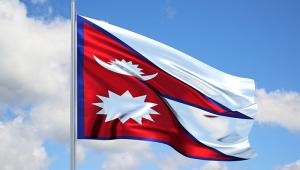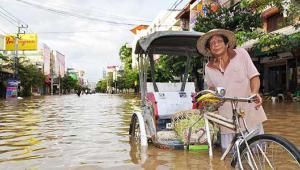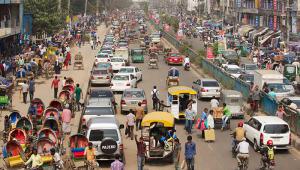The Washington-based organisation has launched a global consultation to inform its first-ever strategy for fragility, conflict and violence.
It will seek the ideas of civil society organisations, governments, other multilateral bodies and the private sector in order to develop plans to help the most vulnerable states.
Writing on the bank’s blog, Franck Bousquet, senior director of its ‘fragility, conflict, and violence group’, said: “Fragility, conflict, and violence has become the new development frontier, and is central to the World Bank Group’s mission.
“By 2030, at least half of the world’s poor will be living in fragile and conflict-affected settings.
“Achieving the Sustainable Development Goals and the Bank Group’s twin goals of ending extreme poverty and boosting shared prosperity will therefore require a concerted effort to tackle the challenges of fragility, conflict, and violence.”
Bousquet said that fragility has worsened significantly in recent years, and conflict and violence now impact more civilians than at any point over the last two decades.
The world is experiencing the largest forced displacement crisis since the second world war, there are high levels of interpersonal and gang violence, conflicts are driving 80% of all humanitarian needs, and insecurity has become a norm in many regions.
This makes fragility, conflict, and violence key development concerns, as they have a clear impact on levels of poverty.
The FCV strategy will aim to identify key drivers of fragility, conflict and violence in affected countries, their impact on vulnerable populations – in particular youths and women – and how best to respond.
New approaches are being developed by the World Bank and other organisations to respond to conflict or crisis situations, and new tools to do this include concessional financing and blended finance.
For example, the Risk Mitigation Regime of the International Development Association – the World Bank body that helps the world’s poorest countries – offers $1bn for programmes that target factors that risk fuelling conflict.
“Ultimately, the path from fragility to prosperity calls for well-designed sequencing and prioritization,” writes Bousquet.
“It is a process that requires a step-by-step approach, trial and error, risk-taking when opportune, and the commitment of multiple stakeholders.
“While it challenges the notion that economic and social development alone will curb fragility, it also shows how critical a role development plays to sustain efforts towards peace and prosperity.”














